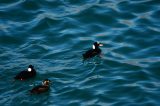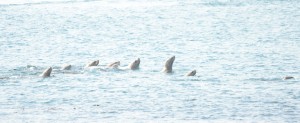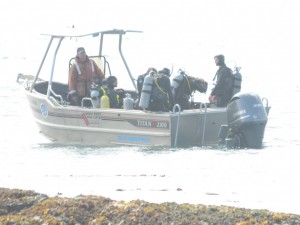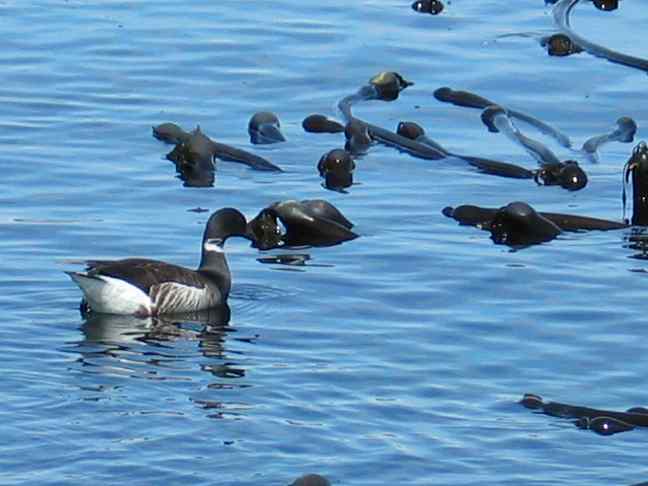Wind: yesterday W-S 0-32 knots, today W-SE 2-17 knots
Sea State: both days calm
Visibility: yesterday 10-15 NM, today 15 NM
Sky: yesterday partly cloudy then clear from mid morning, today clear
Temperature: yesterday 8-14 °C, today 7-14 °C
Atmospheric CO2: 416.33 ppm (recorded by NOAA at Mauna Loa Observatory, Hawaii)
The lawn in front of the house got busier this morning with nine elephant seals, two more than yesterday. A tenth seal, the pup, was near the jetty. The two new arrivals have green tags on their tail flippers. One is a male tagged C887. The other is a juvenile tagged G512 on the right flipper and E779 on the right. I will update the information on age and past sightings when I hear back from the researchers. The green tags signify the elephant seals were tagged at Año Nuevo, south of San Francisco.
[UPDATED April 13: I heard back from Dr. Patrick Robinson, the researcher from Año Nuevo Reserve. The elephant seal with green tags E779 and G512 was tagged as a pup in February 2019, where he was born at Año Nuevo. This is the first time the male juvenile has been spotted outside of Año Nuevo, where he was last seen as a weaner in March, 2019. The elephant seal with the green tag C887 is a juvenile male that was born at Año Nuevo in February 2017. He has been seen at Race Rocks in the month of December in 2017, 2018 and 2019.]
There was one boat seen in the ecological reserve on each of the past two days, a pleasure boat yesterday and a sailboat today.
Census results observed this afternoon at low tide:
10 elephant seals (1 female pup, 1 female juvenile, 1 juvenile, 2 sub adult males, 5 female adults)
16 steller sea lions
91 california sea lions
1 sea otter
72 harbour seals
5 bald eagles (2 juveniles, 3 adults)
16 Canada geese
1 black brant goose
99 gulls (mostly thayer’s)
17 pelagic cormorants
4 brandt’s cormorants
5 double-crested cormorants
6 black oystercatchers
24 pigeon guillemots
7 harlequin ducks
2 surfbirds
5 black turnstones

Two eagles on Turbine Rock and a colourful sailboat passing through Race Passage. 
Newly arrived juvenile elephant seal tagged G512 and E779 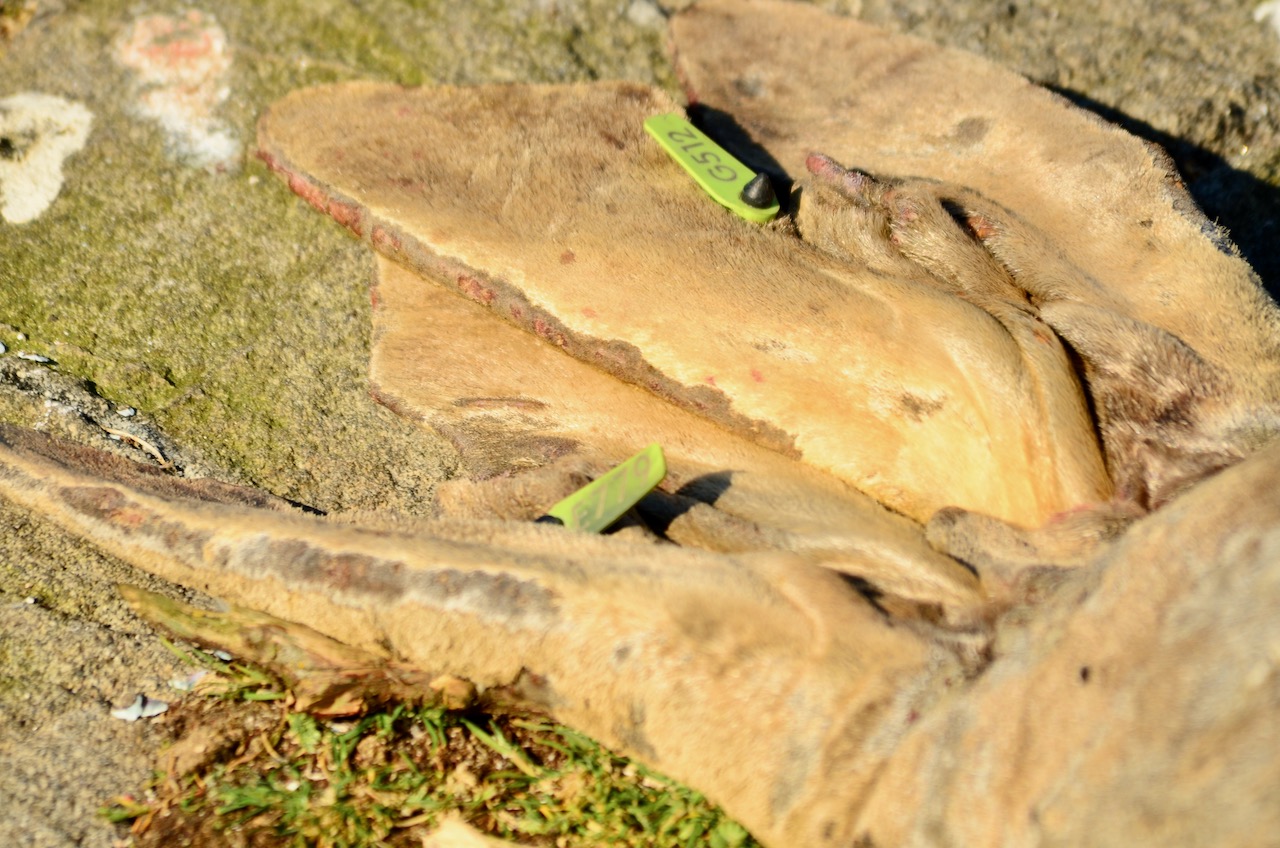
Green tags G512 and E779 on the juvenile elephant seal. 
Newly arrived sub adult male elephant seal tagged C887 
Green tag C887 on the sub adult male elephant seal 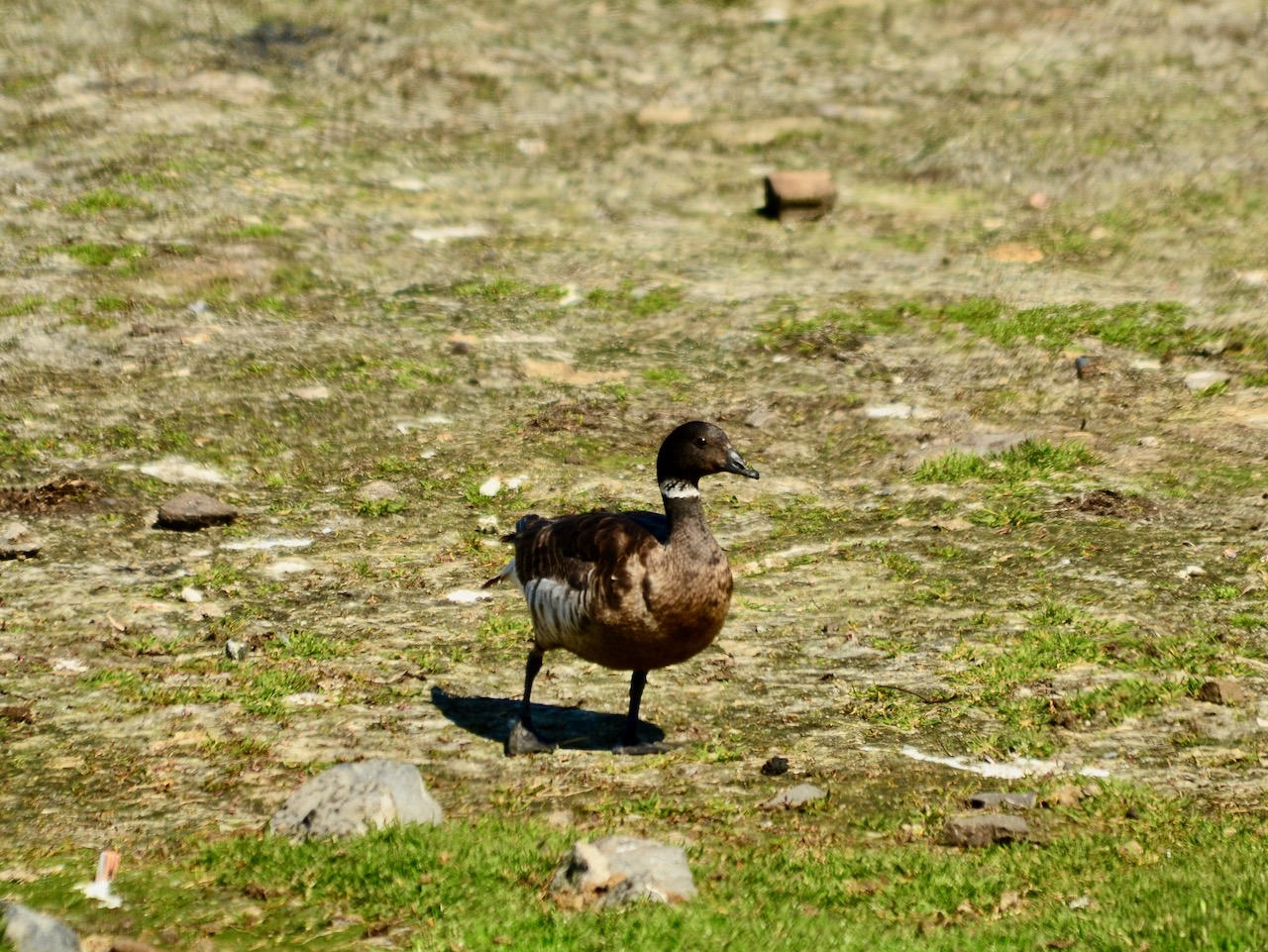
Black brant goose 
Four elephant seals waiting for the water to come to them 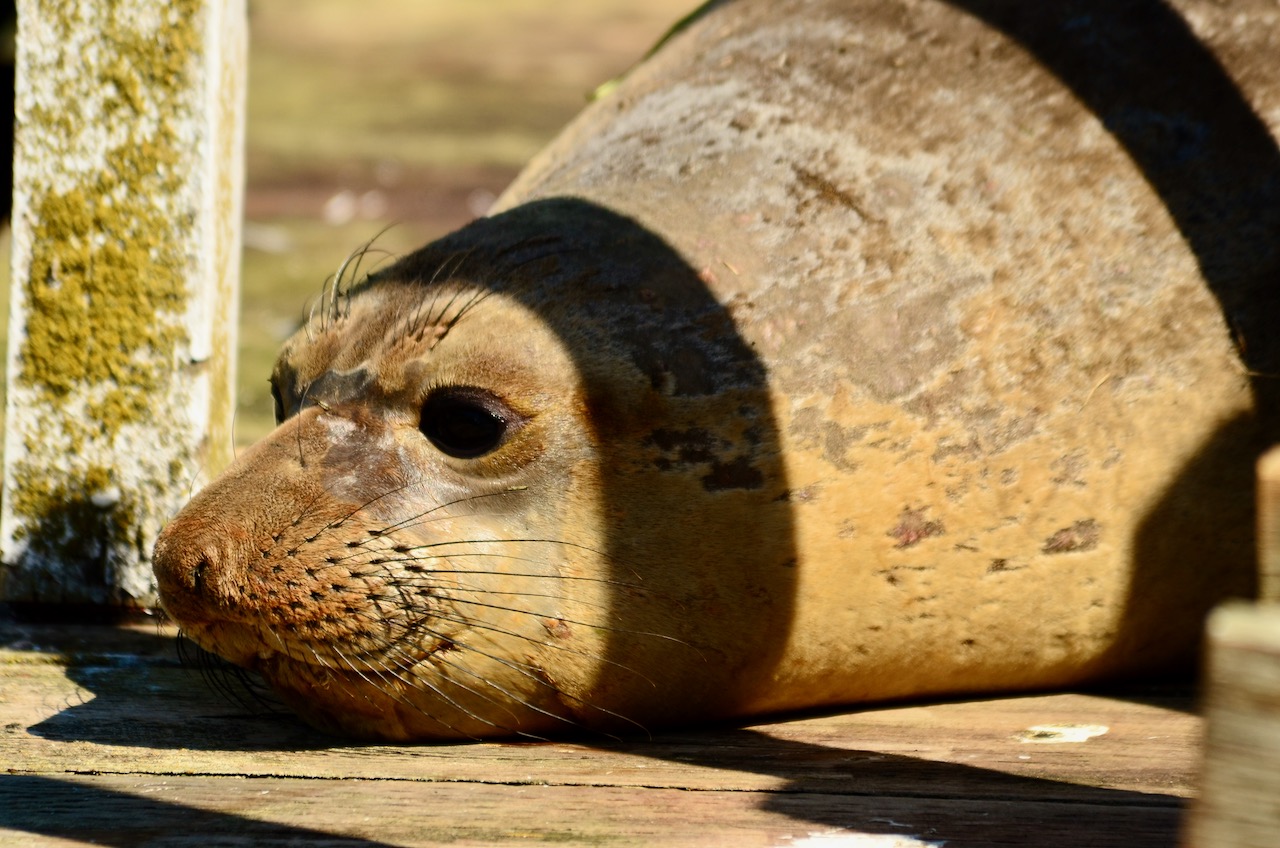
Newly arrived juvenile seal exploring the boardwalk 
A view from the top of the lighthouse this afternoon of the clear water of the east bay. A group of sea lions can be seen on the rocks. 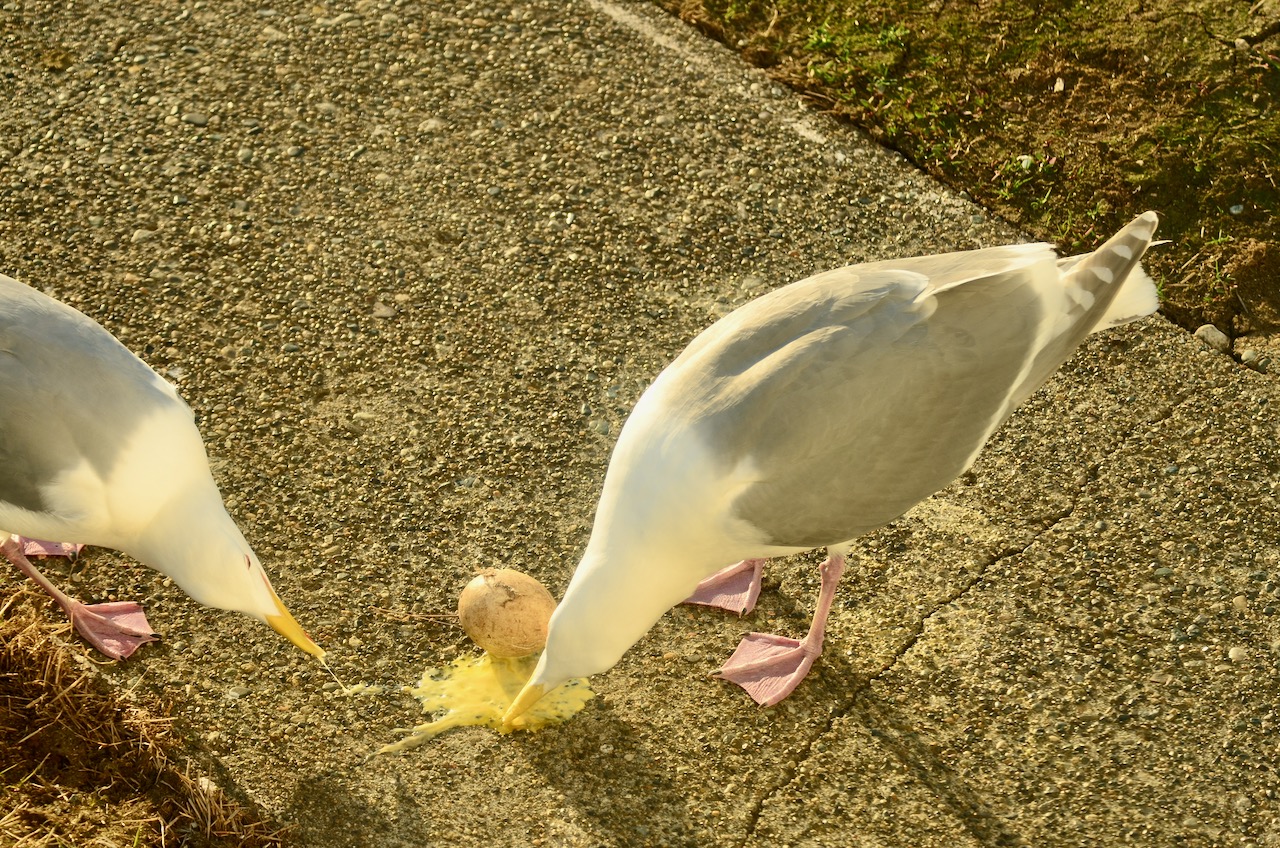
These lucky gulls won of the goose egg hunt







